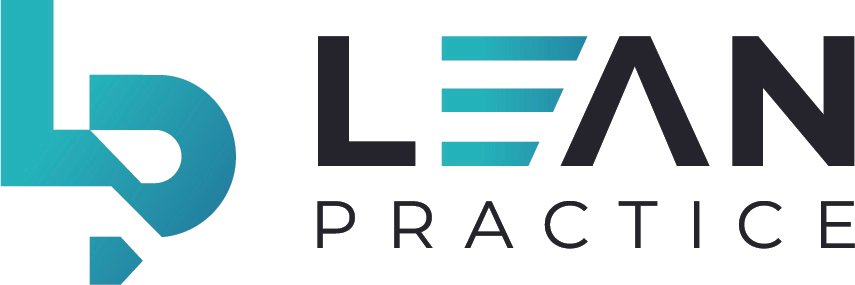Collaborative Behaviours: How Can You Adopt Them?
Businesses and projects are built on collaboration.
Without collaborative behaviours, you work in silos causing delays in delivery, communication issues and duplication of work to name but a few issues caused by a lack of collaboration.
Get comfortable with disagreement to unlock collaborative behaviours
Most projects start off with good intentions, we promise ourselves we won’t shut ourselves away and close our brains off to other ways of getting the job done but when your back is against the wall and your deadline looms, we revert back to old behaviors. Forgetting the benefits of collaboration and working together to push the boundaries of what project success can look like.
Worse yet are the projects where everyone agrees for the sake of peace. You don’t say what you really feel because you think it’s easier to sit on the fence than say what needs to be said. You don't get collaboration by sitting on the fence. You have to draw out opposing views. We have mine for the disagreement.
Without disagreement, we can’t get agreement.
To become truly collaborative and unlock collaborative behaviours, you need to get comfortable with disagreement. It’s part of any successful relationship and project.
Create a higher purpose to break down silos
Silos are commonplace in business. For all the talk of removing silos and breaking down departmental barriers, they still exist despite best intentions. Silos breed knowledge hoarding. Data, insights, ways of working, learnings and opportunities aren’t shared between silos, causing duplication and lost productivity gains.
Breaking silos is one of the most important elements of unlocking collaboration and collaborative behaviours.
To collaborate you have to connect each other to what the real issue is.
What are you trying to achieve with this project? By creating one clear mission statement and aim for your projects - you bring everyone together under one shared purpose. One driving force.
Once everyone has aligned underneath one common goal, use each other's divergent thinking to ideas ideas and solutions, then and only then can you co-create things together.
Individual thinking and creativity unlocks new possibilities - don’t lose that, enhance it by encouraging creative thinking within projects but always ensure thinking is shared and passed onto others for the greater good of the project and business.
Ways to encourage collaborative behaviours as a leader
Talking about collaboration is easy, encouraging collaboration as a leader is harder.
Positive Relationships
Encourage positive relationships between departments and different levels of the organisation. Your teams have the answers and solutions. Enable them to share those solutions without judgement, creating an open culture breaking down hierarchy to give every employee and partner the opportunity to speak and be heard.
Get better at communicating
Embrace digital technology to communicate with your teams, make communication less top down and more collaborative with conversational networking and communications. Tools like Slack and project management tools can create more meaningful personal connections amongst teams.
Stop trying to be perfect
The biggest killer of collaboration is waiting for the right moment to start. Like everything in business, there is never a perfect time - there will always be barriers and challenges. Start improving your skills and team management processes now to unlock the benefits of collaborative behaviour for your projects and business.
Get started
To unlock the benefits of collaboration in your organisation, you need to start thinking about projects more holistically - align your team under one common goal, enable them to think freely and creatively and break down barriers between teams and management to hear individuals. Individuals deliver excellence when they’re heard and given the opportunity to challenge alternative ideas and thinking without fear.

